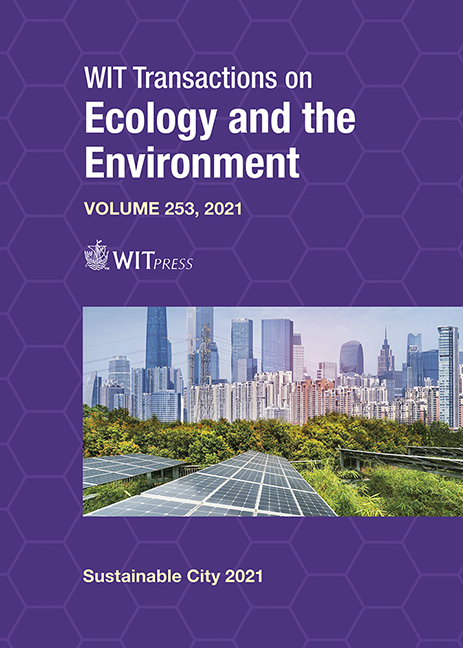SUSTAINABILITY OF HOUSING TYPOLOGIES IN HISTORIC SITES
Price
Free (open access)
Transaction
Volume
253
Pages
10
Page Range
325 - 334
Published
2021
Size
2,307 kb
Paper DOI
10.2495/SC210271
Copyright
Author(s)
ALEJANDRO ACOSTA COLLAZO
Abstract
Only few people in Mexico are researching about historic housing typologies. Architects, historic preservation scientists, urban planners and sociologists are basically the disciplines concerned about such topics. In addition, several researchers mention the importance of preserving industrial heritage, including houses of workers. But there are barriers to understand the importance of housing typologies in contemporary societies. The main goal of this paper is to analyse the people’s points of view and to understand a social construction of industrial heritage; especially about those unique houses situated in historic sites, in order to understand meanings and how catalogued buildings are recognized. Also, housing typologies somehow impact society’s perception on historic preservation. Besides, urban places affect how people feel. It is through the use of a survey and a questionnaire that cultural heritage sites can be analysed to know behaviours and opinions related to historic recognition and preservation facts. The objectives of the survey are to demonstrate the architectural influences from abroad in Mexican historic sites, also to find out about social interaction among workers and the administrators of the factories they work for, furthermore architecture and typology of buildings in company towns like Ferronales suburb, most common materials used in railway stations and company houses for workers, relevant land use changes in industrial sites and preservation concepts used in industrial heritage preservation. The questionnaire includes issues about preservation, comprising characteristics such as gender, age, educational level, origin, architectural concepts and urban facts, railway housing and local culture, meaning of historic sites, historic places and memories (breath of the places). Furthermore, a qualitative multivariate statistical method was used to enhance the conclusions. The results and conclusions include a typological analysis and the interpretation of social construction of industrial heritage sites.
Keywords
housing typologies, sustainability, industrial heritage, historic preservation





